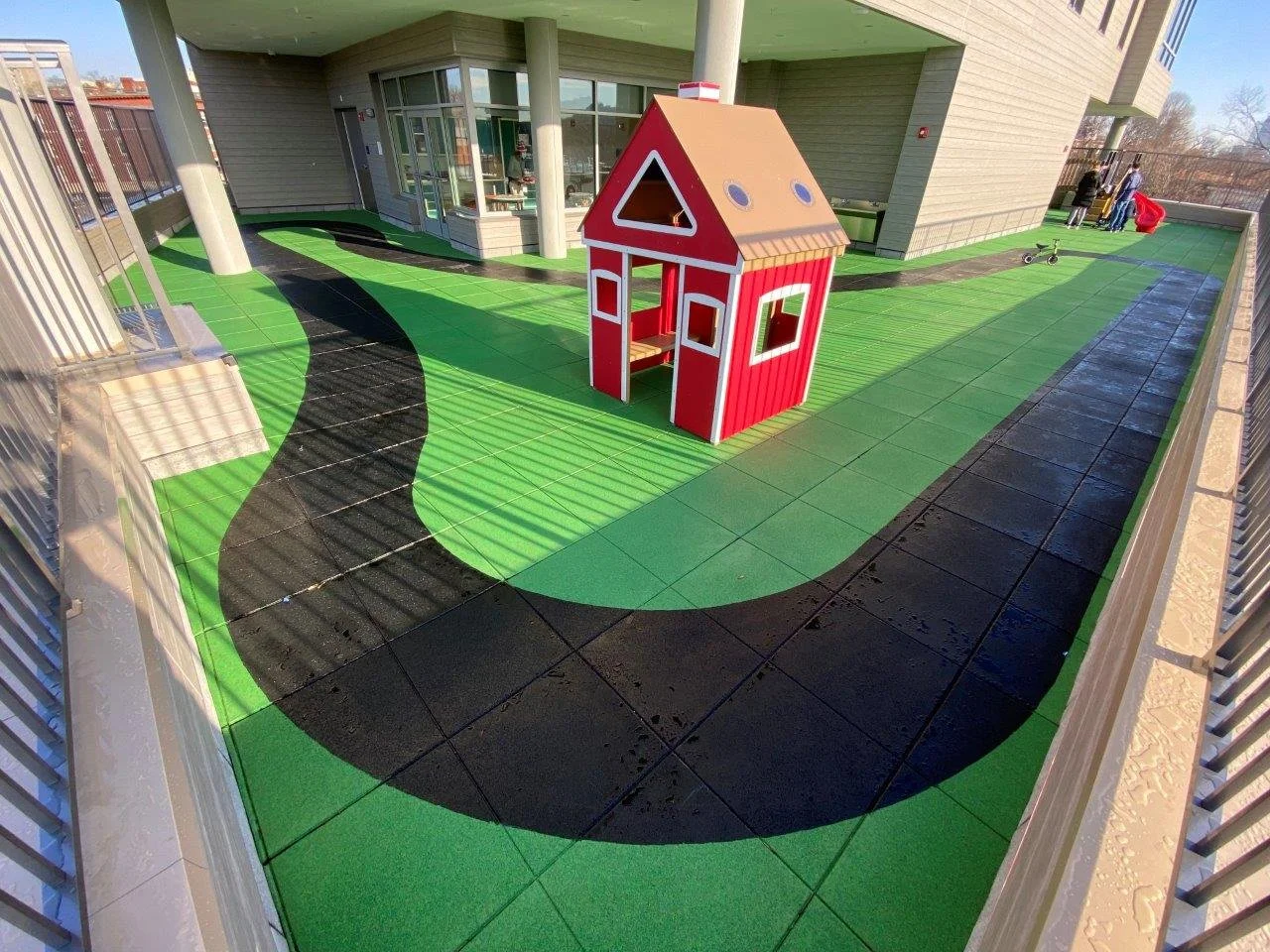As global temperatures rise, extreme heat has become one of the most pressing challenges for architects, engineers, and construction professionals. With cities bearing the brunt of more frequent and severe heatwaves, the need for adaptive solutions in urban areas has never been greater.
All in Urban Architecture
Vertical Gardens: A Green Revolution in Urban Architecture
Learn more about vertical gardens: a green revolution in urban architecture
10+ Amazing Projects to Discover How Biophilic Urbanism Can Transform Cities
We've compiled a collection for your biophilic urbanism design
Project Highlight: Trust Early Learning
Check out this project highlight Trust Early Learning by Unity Surfacing Systems
Project Highlight: The Terminal at Katy Trail
Check out this project highlight The Terminal at Katy Trail by W.R. Meadows, Inc.
Project Highlight: 70 Carlton Street
Check out this project highlight 70 Carlton Street by Fairview Architectural North America
Project Highlight: New Settlement Isla De La Cartuja
Check out this project highlight New Settlement Isla De La Cartuja by IAM Design
Using Beloved Works of Literature to Predict the Futures of Cities
Here is yet another way: the “Literary Method of Urban Design”, which employs works of fiction to predict likely scenarios for city planning.
Do You Need a Generator for Your Construction Site?
Here are a few key factors to consider when purchasing a generator.








